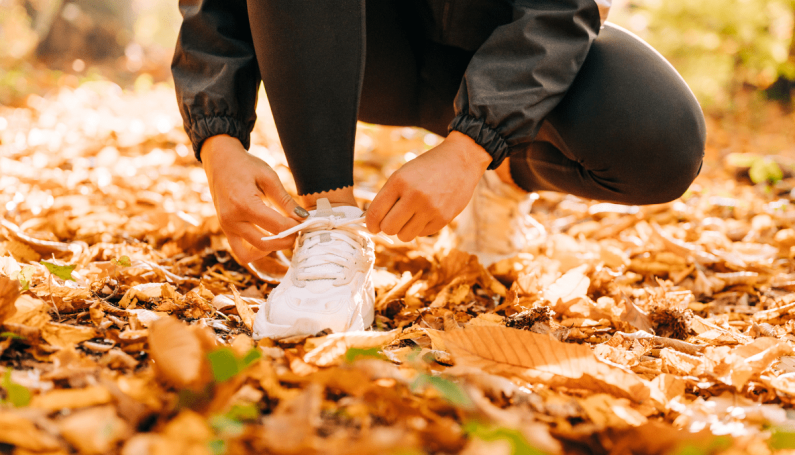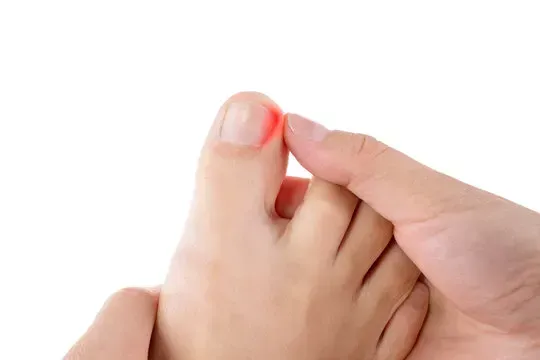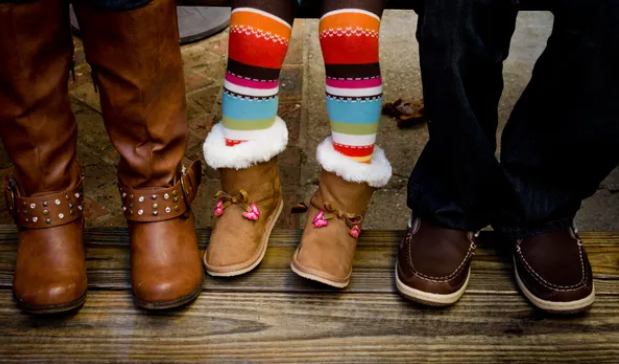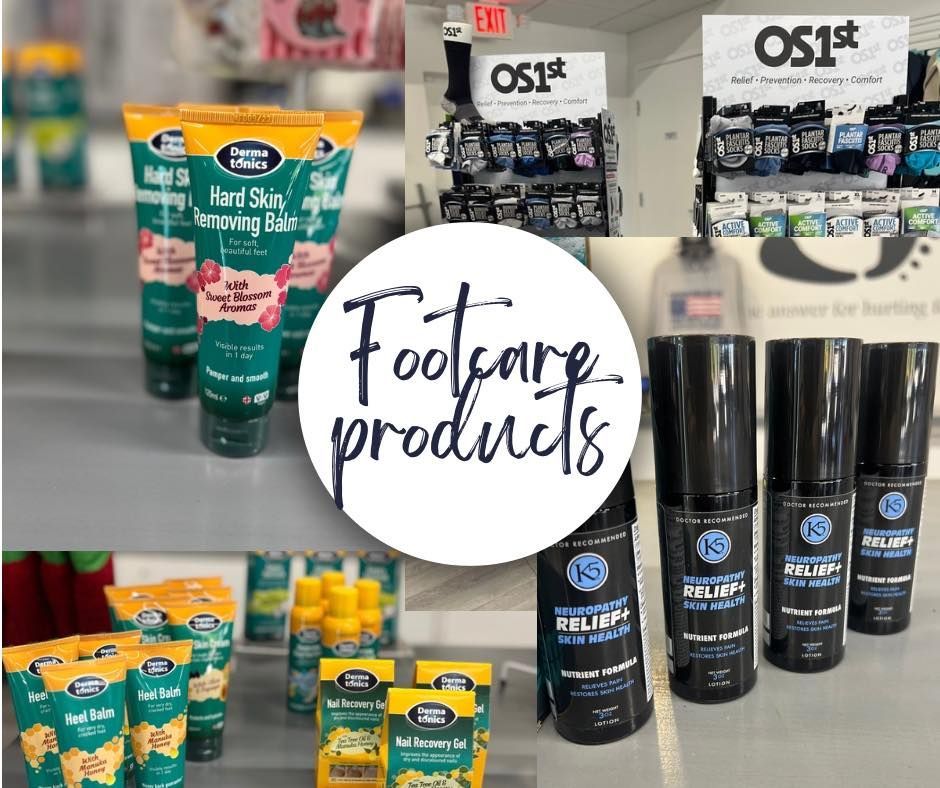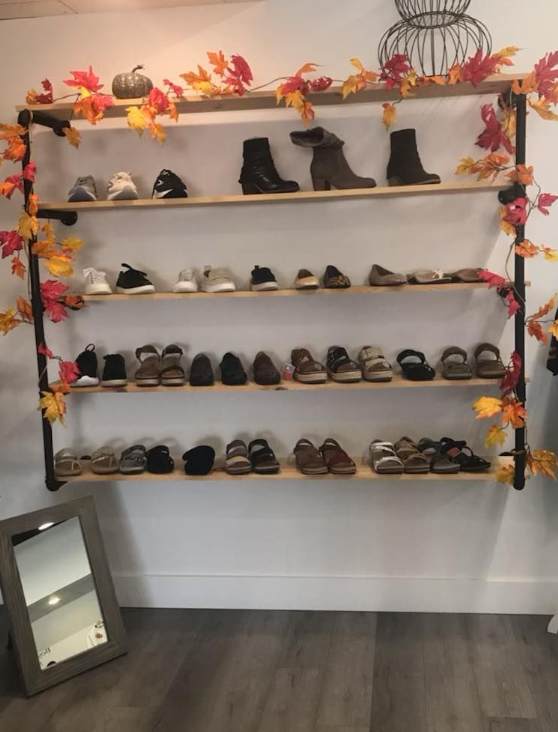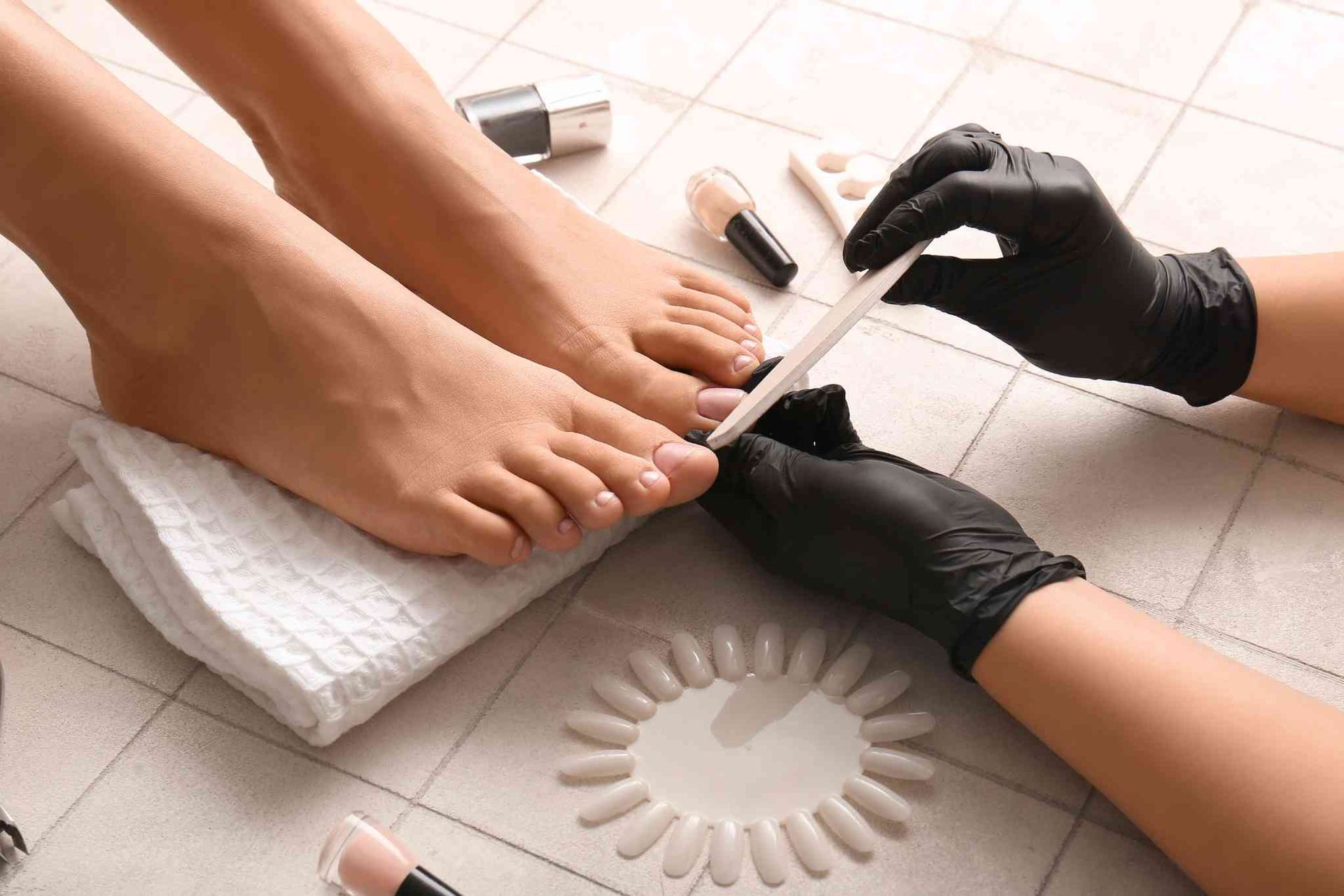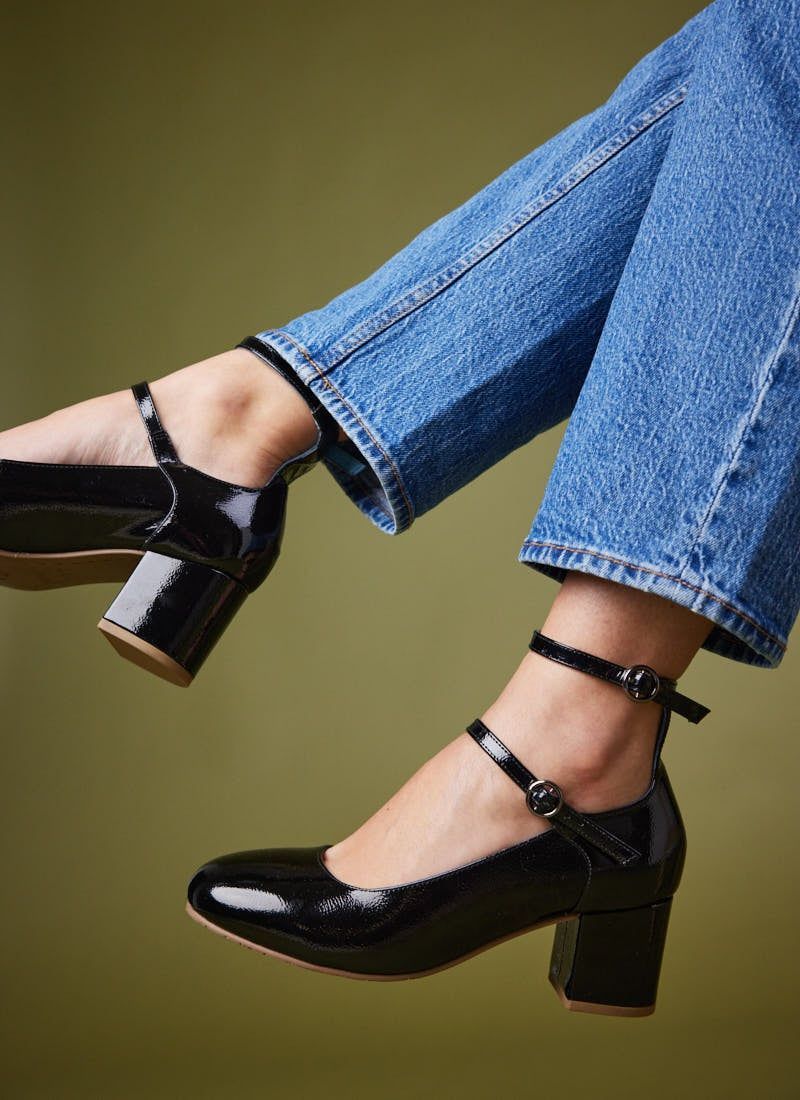Post Title
For more than a century, the Birkenstock family has been deeply entrenched in the craft of shoemaking in the countryside of Germany. The lineage extends from the brothers of the initial shoemaker generation in the latter half of the 18th century to their offspring, grandchildren, and relatives living in a village in central Germany. Over time, the women from the Birkenstock family intermarry with other shoemaker families, establishing a dynasty of shoemakers that can be traced back to Johannes Birkenstock in 1774.
The success of the original Birkenstock footbed sandals evolves gradually. The popularity of the sandals is also influenced by international business partners who introduce Birkenstock to foreign markets – individuals who genuinely believe in the product and retailers who transition from selling Birkenstock insoles to also offering the sandals. Initially, the sandals are primarily worn in medical/orthopedic settings and later become prevalent in professional environments like the food service industry, before capturing the attention of various subcultures worldwide. This paves the way for their integration into all segments of society over time.
By 1983, the fashion industry embraces Birkenstock, as fashion designers seek authenticity and find it in the classic brand's sandals. Since then, the brand's image has been significantly influenced by the fashion world and celebrities.
2013 serves as a pivotal year for Birkenstock, and in 2024, the Birkenstock Group is set to commemorate 250 years of shoemaking heritage.
Renowned for their exceptional comfort and beneficial impact on foot health, Birkenstocks have solidified their status as a footwear icon. Through features like their unique footbed, arch support, shock absorption, and utilization of natural materials, Birkenstocks offer unmatched comfort and promote optimal foot alignment.
The cornerstone of Birkenstocks lies in their distinctive footbed, meticulously designed to provide unparalleled support and comfort. Crafted from premium natural materials such as cork and latex, Birkenstock footbeds adapt to the unique contours of your feet, ensuring a tailored fit for every individual. This ergonomically shaped footbed encourages proper alignment of the feet, effectively reducing strain on the feet, legs, and back. Through the gradual process of breaking them in, the latex within the footbed adjusts to your body heat, facilitating the cork to conform to your feet, resulting in a personalized fit that offers exceptional support and lasting comfort.
This feature proves especially advantageous for individuals with high arches or flat feet, promoting optimal foot alignment and mitigating the risk of overpronation or supination. By fostering proper posture, Birkenstocks not only diminish the likelihood of foot ailments but also provide relief for conditions such as plantar fasciitis. This innovative design truly exemplifies a remarkable fusion of comfort and functionality, don't you think?
At Bogers Shoes, our mission is to provide footwear that not only satisfies but also brings delight. Birkenstocks, renowned for their ability to evenly distribute body weight, alleviate pressure points, and enhance overall comfort. Whether strolling through urban landscapes or exploring the great outdoors, slipping into a pair of Birkenstocks from Bogers Shoes promises an unparalleled comfort experience.

